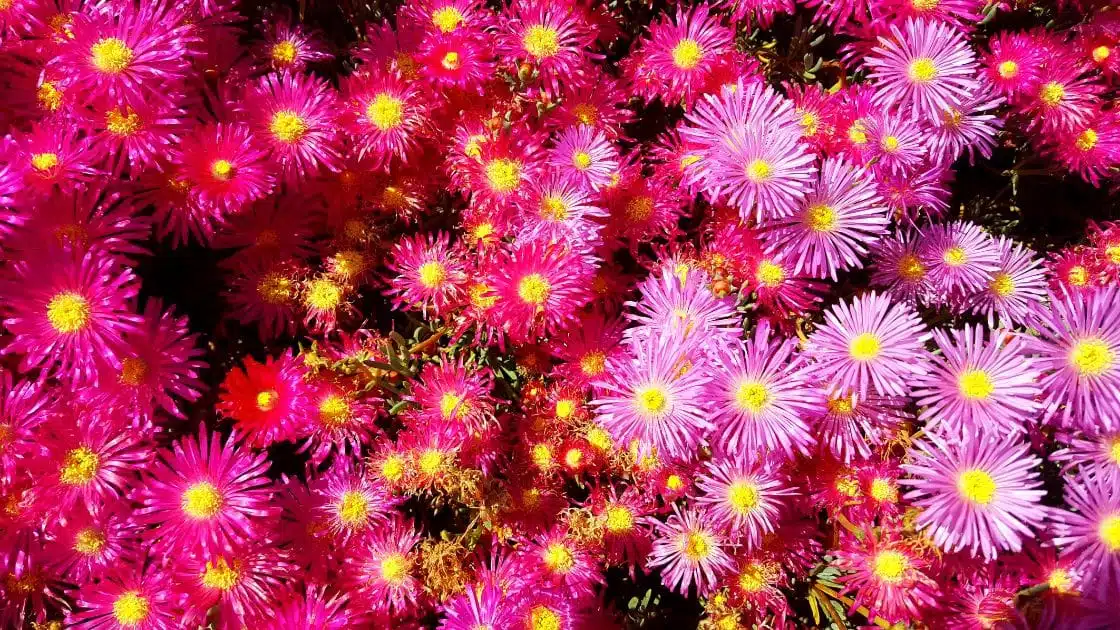Are you familiar with the milkweed plant? If not, you’ve come to the right place! In this article, we will explore the fascinating world of milkweed plants, their characteristics, benefits, and their crucial role in the ecosystem. So, let’s dive in and discover the wonders of the milkweed plant!
Milkweed Plant: Nature’s Hidden Gem
The milkweed plant, scientifically known as Asclepias, is a perennial plant that belongs to the Apocynaceae family. It is native to North America and is known for its distinct features and role in supporting various forms of life, especially butterflies and other pollinators.
Why is it Called “Milkweed”?
The name “milkweed” stems from the sticky, milky sap that oozes from the plant when it’s injured or cut. The sap contains toxic substances called cardiac glycosides, which are unpalatable to most animals, offering protection against herbivores.
Characteristics of the Milkweed Plant
Milkweed plants exhibit several unique characteristics:
1. Towering Stems and Leaves
Milkweed plants can grow up to six feet in height, with thick stems and broad, oval-shaped leaves. The leaves are typically opposite, meaning they grow in pairs along the stem.
2. Vibrant Flowers
One of the most notable features of the milkweed plant is its vibrant and colorful flowers. These flowers come in a variety of shades such as pink, purple, orange, and yellow, attracting bees, butterflies, and other pollinators.
3. Puffy Seed Pods
Once the milkweed plant has been pollinated, it produces distinctive seed pods known as follicles. These elongated pods are filled with silky strands of seeds, which aid in their dispersal via wind.
Importance of Milkweed Plants
The role of milkweed plants extends far beyond their aesthetic appeal. Let’s explore their significance in more detail:
1. Monarch Butterfly Habitat
Milkweed plants play a critical role in the life cycle of monarch butterflies. These plants serve as the sole host for monarch larvae, commonly known as caterpillars. Female monarch butterflies lay their eggs on milkweed leaves, providing a vital food source for the developing caterpillars.
2. Pollinator Support
Milkweed plants act as a magnet for various pollinators, including bees, butterflies, and even hummingbirds. As these insects and birds feed on the nectar of milkweed flowers, they inadvertently transfer pollen from one plant to another, aiding in cross-pollination and ensuring the continuation of plant species.
3. Biodiversity
By supporting a wide array of pollinators, milkweed plants contribute to the overall biodiversity of ecosystems. A diverse range of flowering plants ensures a healthy and resilient environment, providing habitat and sustenance for numerous other organisms.
Read more:
Planting and Caring for Milkweed Plants
Now that you understand the importance of milkweed plants, you might be inspired to grow them in your own garden or outdoor space. Here are some tips for planting and caring for milkweed plants:
1. Selecting the Right Variety
There are several milkweed species to choose from, each with its unique requirements and characteristics. Some common varieties include common milkweed (Asclepias syriaca) and butterfly milkweed (Asclepias tuberosa). Research the specific needs and growth habits of the chosen species before planting.
2. Ideal Growing Conditions
Milkweed plants thrive in sunny locations with well-drained soil. Ensure the soil is properly prepared, free from weeds, and sufficiently moist. Consider mulching around the plant to retain moisture and prevent weed growth.
3. Watering and Maintenance
Young milkweed plants require regular watering until they become established. Once established, they are relatively low-maintenance. However, pruning any dying or diseased plant parts is essential to promote healthy growth. Remember, milkweed plants are crucial for pollinators, so avoid using pesticides that might harm them.
Conclusion
Milkweed plants are not only beautiful additions to gardens but also vital assets in supporting wildlife and maintaining biodiversity. By understanding their characteristics and significance, we can appreciate the intricate web of life and take steps to protect and nurture these incredible plants. So, consider planting milkweed in your outdoor space and become a part of this essential conservation effort!
Why is it Called “Milkweed”?
The name “milkweed” stems from the sticky, milky sap that oozes from the plant when it’s injured or cut. The sap contains toxic substances called cardiac glycosides, which are unpalatable to most animals, offering protection against herbivores.
Characteristics of the Milkweed Plant
Milkweed plants exhibit several unique characteristics:
1. Towering Stems and Leaves
Milkweed plants can grow up to six feet in height, with thick stems and broad, oval-shaped leaves. The leaves are typically opposite, meaning they grow in pairs along the stem.
2. Vibrant Flowers
One of the most notable features of the milkweed plant is its vibrant and colorful flowers. These flowers come in a variety of shades such as pink, purple, orange, and yellow, attracting bees, butterflies, and other pollinators.
3. Puffy Seed Pods
Once the milkweed plant has been pollinated, it produces distinctive seed pods known as follicles. These elongated pods are filled with silky strands of seeds, which aid in their dispersal via wind.
Importance of Milkweed Plants
The role of milkweed plants extends far beyond their aesthetic appeal. Let’s explore their significance in more detail:
1. Monarch Butterfly Habitat
Milkweed plants play a critical role in the life cycle of monarch butterflies. These plants serve as the sole host for monarch larvae, commonly known as caterpillars. Female monarch butterflies lay their eggs on milkweed leaves, providing a vital food source for the developing caterpillars.
2. Pollinator Support
Milkweed plants act as a magnet for various pollinators, including bees, butterflies, and even hummingbirds. As these insects and birds feed on the nectar of milkweed flowers, they inadvertently transfer pollen from one plant to another, aiding in cross-pollination and ensuring the continuation of plant species.
3. Biodiversity
By supporting a wide array of pollinators, milkweed plants contribute to the overall biodiversity of ecosystems. A diverse range of flowering plants ensures a healthy and resilient environment, providing habitat and sustenance for numerous other organisms.
Planting and Caring for Milkweed Plants
Now that you understand the importance of milkweed plants, you might be inspired to grow them in your own garden or outdoor space. Here are some tips for planting and caring for milkweed plants:
1. Selecting the Right Variety
There are several milkweed species to choose from, each with its unique requirements and characteristics. Some common varieties include common milkweed (Asclepias syriaca) and butterfly milkweed (Asclepias tuberosa). Research the specific needs and growth habits of the chosen species before planting.
2. Ideal Growing Conditions
Milkweed plants thrive in sunny locations with well-drained soil. Ensure the soil is properly prepared, free from weeds, and sufficiently moist. Consider mulching around the plant to retain moisture and prevent weed growth.
3. Watering and Maintenance
Young milkweed plants require regular watering until they become established. Once established, they are relatively low-maintenance. However, pruning any dying or diseased plant parts is essential to promote healthy growth. Remember, milkweed plants are crucial for pollinators, so avoid using pesticides that might harm them.
Conclusion
Milkweed plants are not only beautiful additions to gardens but also vital assets in supporting wildlife and maintaining biodiversity. By understanding their characteristics and significance, we can appreciate the intricate web of life and take steps to protect and nurture these incredible plants. So, consider planting milkweed in your outdoor space and become a part of this essential conservation effort!





